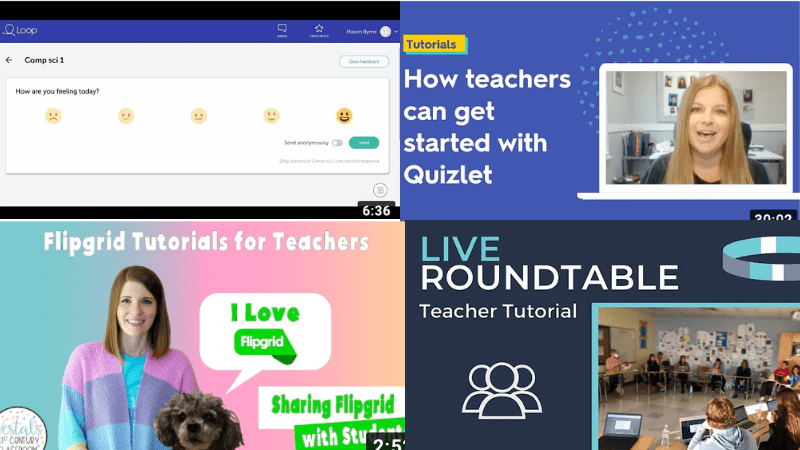 teachers that feature the best tech tools for collaboration." width="800" height="450" />
teachers that feature the best tech tools for collaboration." width="800" height="450" /> teachers that feature the best tech tools for collaboration." width="800" height="450" />
teachers that feature the best tech tools for collaboration." width="800" height="450" />
From group projects to collective brainstorming and peer review, we love to get our students collaborating. Whether we are teaching in person or online, there are a ton of tools for getting our students to work together both during and after school. Here are the 9 best tech tools for student collaboration.
You create an assignment and a rubric–students submit their work. Then, Peergrade randomly distributes the assignments to different students. They use the rubric to give feedback. They can add written comments. Best part? They can rate the feedback they get.
Students can review and quiz each other from the comfort of their own bedrooms with Quizlet. Students make sets of flashcards for an upcoming test, and then they can share them with their classmates. This allows students to split up the workload as well. You can even divide the material into sections and have each student make cards for one of those sections.
With this backchannel communication tool, you create a chat room and can post questions, moderate discussions, delete responses, and have control over who is communicating within the chat room. Students can submit a drawing, create a poll, or use the voting feature.
Flipgrid is a social media-style video discussion platform great for generating class discussions around topics, videos, or links posted to the class grid. Students can video record their responses to share with the teacher or class. Use it for book reviews, peer feedback, sharing, and celebrating work.
Parlay allows you to compile resources around a discussion prompt, have students submit a response to the discussion prompt, and then engage students in both written and verbal discussion and peer feedback. It’s the perfect tool for virtual Socratic seminars!
This digital workspace is designed for visual collaboration. Students can draw, create and move around virtual sticky notes, build diagrams, add videos, and more.
We used our whiteboard all the time when teaching in person. Miro is a digital whiteboard with all kinds of options for creating diagrams and solving problems.
If you want to organize and share resources with your students, this is your tool. You can create a lesson plan, project, newsletter, reading list, and more.
This app-based platform provides students and teachers with a space to ask and answer questions. Teachers can create a question for the class and choose to provide students with the space to post a private response or keep it open to collect and share all responses.